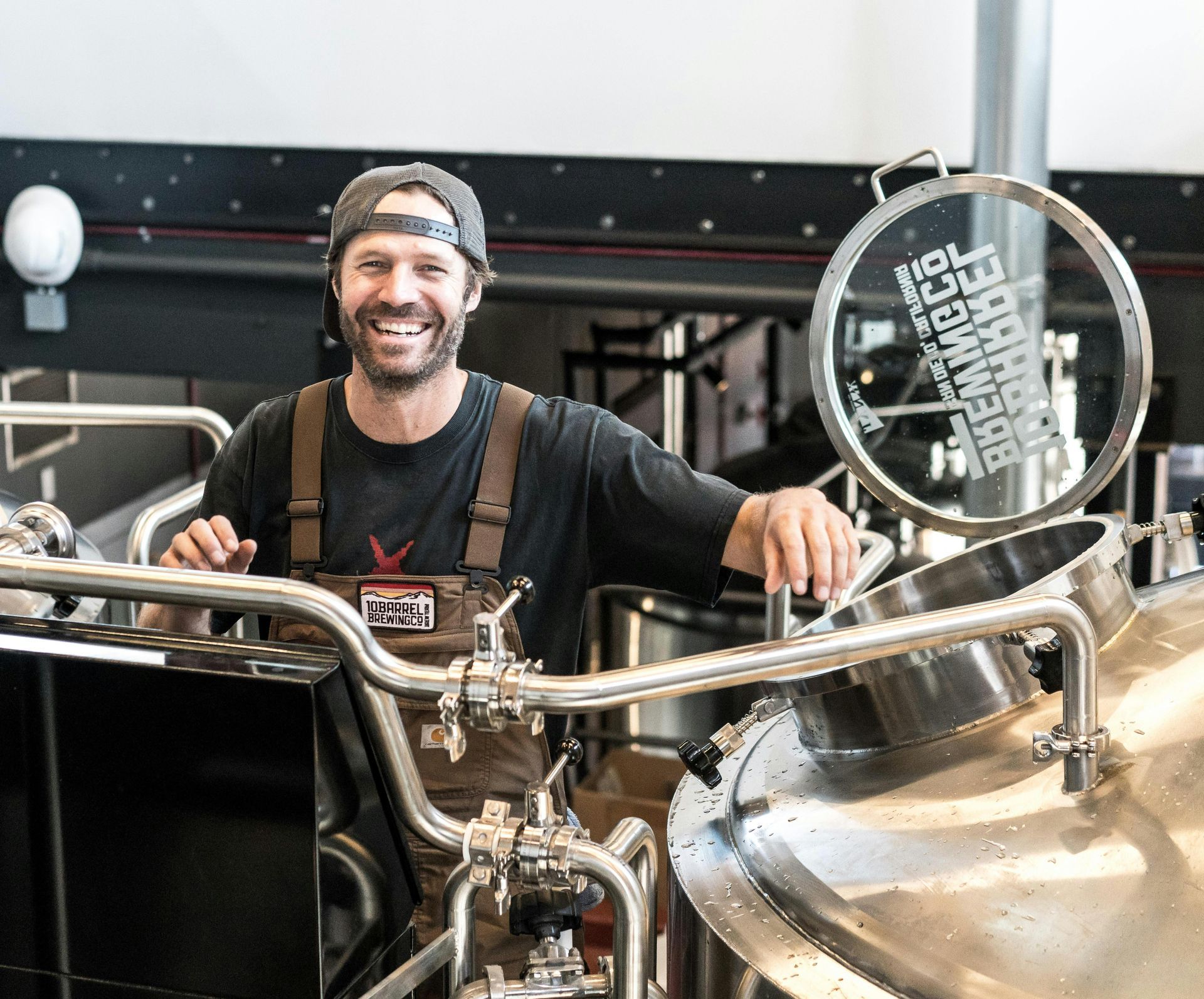Determining NVA Value in a Product
sites • February 24, 2025
Determining NVA Value in a Product
Measuring NVA on the Assem bly Line
Determining NVA on an assembly line is a relatively straightforward process, though it does require a period of careful observation. When production stations are well-organized with clear assembly instructions, marked indices, and helpful visual aids, it is essential that all necessary materials are prepared in advance according to a frozen plan (typically set for several hours) before any NVA measurement is taken. Interruptions during the measurement process can lead to significant issues. For example, if “rush orders” or priority tasks are introduced unexpectedly, the process becomes disrupted. Operators may leave their stations to prepare a different product, which introduces additional NVA. While this may seem obvious, it is a challenge not every production line manages to avoid.
Ensuring Operator Efficiency
Operators play a critical role in the production process, and it is the responsibility of management to design workflows that maximize value-added (VA) activities. Clear instructions and timely availability of prepared materials are key to ensuring that operators focus on VA tasks rather than being sidetracked by NVA activities. Without these elements, the production structure can easily tilt towards inefficiency.
Measuring NVA in Cellular Workstations
Measuring NVA in cellular (or semi-automated) workstations—which are often not utilized at 100% capacity—is a more complex task. Once you have mapped out all the operations in the production flow (assuming you’ve mastered process mapping—if not, that could be a topic for another post) and defined clear standards for semi-finished or finished products, the next step is proper scheduling and operator assignment.
Optimizing Cellular Production
There are many types of production systems and machinery, but here the focus is on cellular setups in semi-automated production. In these environments, not all operators are occupied throughout their entire shift, which opens up the possibility for overlapping tasks and cooperative work across machines.
Effective machine placement can allow a single operator to manage several machines concurrently. While this might seem self-evident to some, it’s important to note that not every professional has experience in every industry. Therefore, planning the assignment of one operator to multiple machines must be done carefully. For instance, rather than assigning one operator to manage one machine from each cell, the organizational structure should be clearly delineated. An example structure might be:
Cell 1:
– Machine 1, Machine 2, Machine 3
Cell 2:
– Machine 4, Machine 5, Machine 6
Cell 3:
– Machine 7, Machine 8, Machine 9
In a basic setup, the BOO system should record a single combined time (VA + NVA) for the flow of each cell—Cell 1, Cell 2, and so on. By imposing a structured product plan, you limit the possibility of increased NVA at any given station.
Mixed Production Flows and Staffing Considerations
When dealing with mixed production flows across machines, the key factor is whether the production line is fully staffed. The extent to which NVA is generated in these scenarios depends significantly on staffing levels—a topic that certainly deserves a more in-depth discussion in its own right.
Conclusion
By carefully measuring and managing NVA in both assembly line and cellular production processes, companies can better focus on maximizing value-added activities. Clear operational instructions, well-prepared materials, and structured scheduling are essential in minimizing NVA and ensuring smooth, efficient production operations.

February 24, 2025
Zwrot inwestycyjny pozna zaplanować poprzez eliminację zajążnej składowej w NVA czyli transportu - for the above example jest to 710 seconds czyli 35.23% of total time czasu wykonania wyrobu. Thanks to this information, we can calculate our potential investment budget for the next year/year. By comparing the number of people in the production and the % time spent on internal transport (from a well-defined NVA) you can calculate it very quickly - in the following example.
If e.g. a company with 100 employees per day to calculate the transportation budget would look like this:
number of people in production per day = 100.00
Average monthly salary [PLN] = 6,580.00
Cost of monthly employees [PLN] = 658,000.00
Annual cost of employees [PLN] = 7,896,000.00
VA [PLN] (59.70%) = 4 713 912.00 PLN
VAT [PLN] (40.30%) = 3 182 088.00 PLN
Taking into account the fact that some companies consider the investment return at the level of 2 lat to be attractive to our CAPEX at the level of 6 million PL




